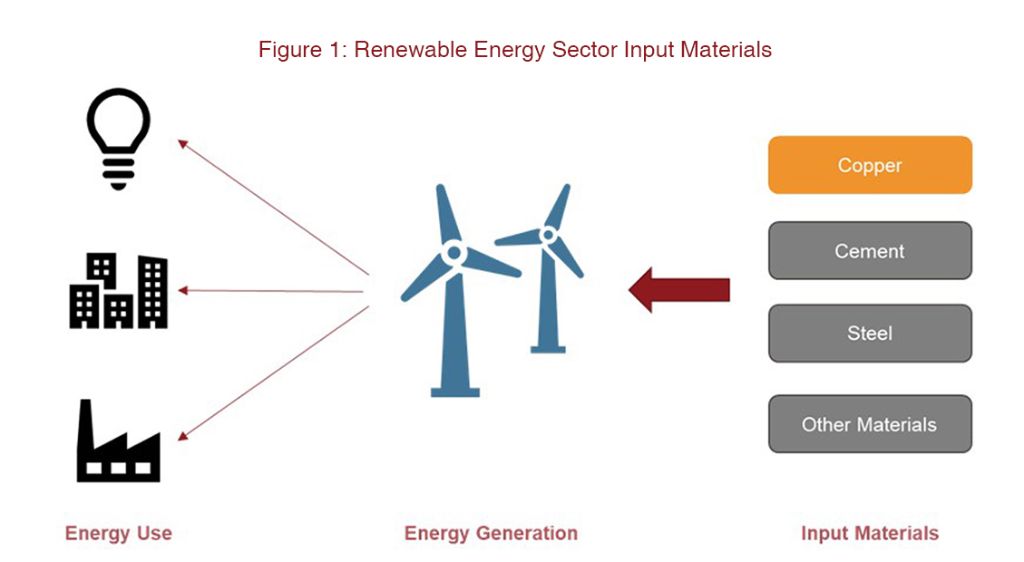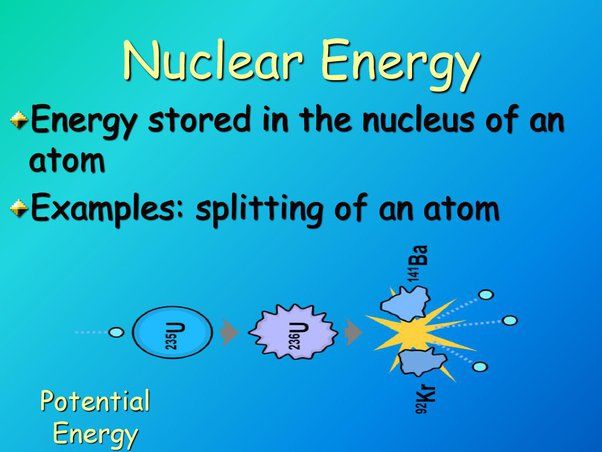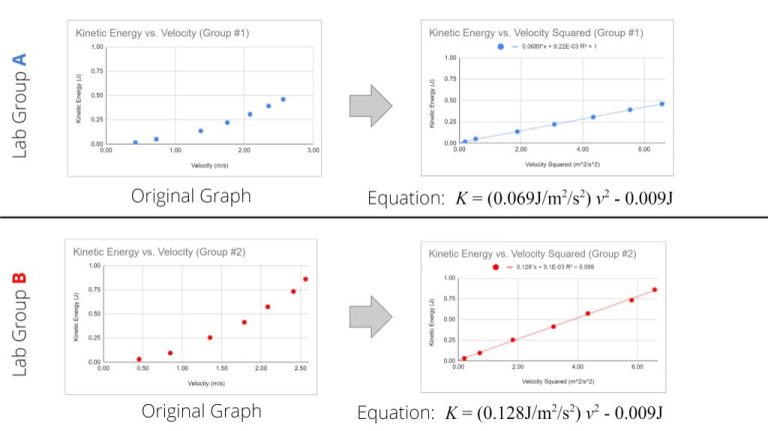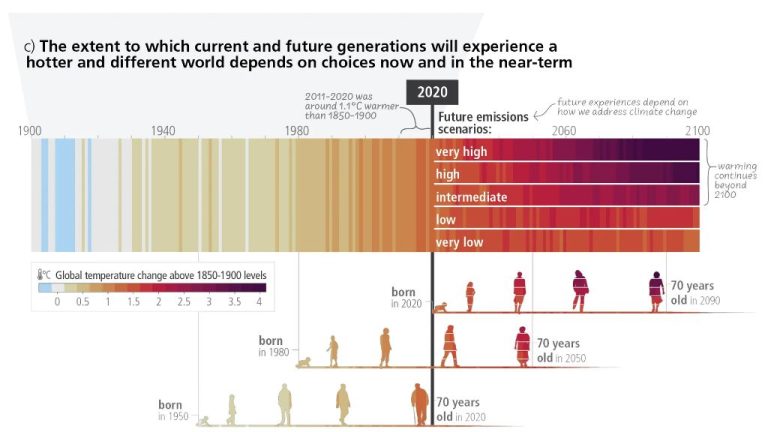How Do Renewable Energy Systems Affect The Environment?

Renewable energy systems harness energy from naturally replenishing sources such as sunlight, wind, water, plants, and geothermal heat. As defined in the book Introduction to Renewable Energy Systems by Sérgio F. Santos, renewable energy comes from recurring natural processes and can be constantly replenished (Santos, 2017). Unlike finite fossil fuels, the supply of renewable resources is inexhaustible. Renewable energy systems provide sustainable alternatives to power generation and help reduce reliance on fossil fuels.
The main types of renewable energy systems include solar, wind, hydro, biomass, and geothermal. Solar energy is harnessed through photovoltaic panels and concentrated solar power. Wind turbines convert the kinetic energy of wind into mechanical power. Hydropower utilizes the energy of flowing water, while biomass involves burning organic matter. Geothermal energy taps into underground reservoirs of hot water and steam (EE Power, 2021).
This article examines how these various renewable energy systems can impact the environment, comparing them to conventional fossil fuel-based power generation.
Reduced Air Pollution
Renewable energy sources like solar, wind, and hydroelectric power emit little to no air pollution, unlike fossil fuel sources like coal and natural gas. Burning fossil fuels releases pollutants like nitrogen oxides, sulfur dioxide, particulate matter, mercury, and other toxins into the atmosphere. These emissions contribute to smog, acid rain, and health issues like asthma and heart disease. In contrast, renewable sources produce energy without combustion or emissions.
According to the UN, transitioning to renewable energy could reduce premature deaths from air pollution by 35% globally compared to business as usual projections for 2050. Research also shows that displacing coal power with renewable energy nearly eliminates emissions of both greenhouse gases and air pollutants.
Source: https://www.un.org/en/climatechange/raising-ambition/renewable-energy
Reduced Greenhouse Gas Emissions
One of the most significant environmental benefits of renewable energy is the reduction in greenhouse gas emissions compared to fossil fuels. According to the UN, renewable energy could decarbonize 90% of the power sector by 2050, massively cutting carbon emissions and helping mitigate climate change (https://www.un.org/en/climatechange/raising-ambition/renewable-energy). The International Renewable Energy Agency found that renewables and energy efficiency could provide over 90% of the reductions in energy-related carbon emissions needed to reach climate targets (https://www.irena.org/Digital-content/Digital-Story/2019/Apr/How-To-Transform-Energy-System-And-Reduce-Carbon-Emissions).
This is because most renewable energy technologies produce very low lifecycle greenhouse gas emissions, unlike fossil fuel sources. During operation, renewable systems release little to no greenhouse gases. And even when factoring in manufacturing, construction, and end-of-life impacts, the lifecycle emissions are a fraction of those from coal, oil, and natural gas. Research shows that a 1 percentage point increase in renewable energy consumption leads to a 1.25% decrease in per capita CO2 emissions (https://www.frontiersin.org/articles/10.3389/fenrg.2022.872941).
Land Use Impacts
Renewable energy systems like solar and wind farms require significantly more land area than traditional fossil fuel power plants. According to a National Renewable Energy Lab (NREL) report, land use requirements for utility-scale solar photovoltaic plants range from 3.5-10 acres per megawatt (MW) of power capacity, depending on the solar tracking systems used [1]. In comparison, a natural gas power plant requires only 0.06 acres per MW [2]. For wind farms, 4.5-60 acres per MW is needed for turbines and access roads [1].
A 2021 study estimated that for the U.S. to reach 50-80% renewable electricity from solar and wind, between 22,000-109,000 square miles of land would be required. This is equivalent to 1-5% of the continental U.S. land area [3]. Such large-scale land use changes raise concerns about habitat loss and fragmentation that can impact wildlife populations.
Water Usage
Switching to renewable energy sources can significantly reduce water usage compared to fossil fuel-based energy. Fossil fuel power plants, like coal, natural gas, and nuclear, require large volumes of water for cooling and steam generation. According to the US Department of Energy, thermoelectric power accounted for 41% of all freshwater withdrawals in the US in 2015.1
In contrast, most renewable energy sources like solar PV and wind turbines require little to no water for electricity generation. Solar PV systems only use water for occasional panel washing. Wind turbines do not require any water usage during operation. This makes renewable energy systems ideal for deployment in water-stressed regions. According to one analysis, a 5 percentage point increase in renewable energy use in water-stressed countries would reduce water consumption by around 6%.2
The transition to renewable energy is especially important as climate change threatens water security around the world. Renewables can help conserve water for drinking, sanitation, agriculture and environmental needs. Deploying more solar and wind power allows us to generate electricity while using less water, improving sustainability and resilience.
Wildlife Impacts
The development of renewable energy systems can have both positive and negative impacts on wildlife. Some key considerations include:
Wind turbines can disrupt birds and bats in flight. One study estimates wind turbines cause between 140,000 and 328,000 bird deaths per year in the U.S. (Source).
Solar farms take up significant land area which can disrupt natural habitats and interfere with species migration patterns. Estimates suggest utility-scale solar in the U.S. will impact up to 145,000 acres of habitat by 2030 (Source).
Hydroelectric dams alter downstream river flows which affects aquatic ecosystems. They also impede fish migration and breeding.
Biomass production requires large monoculture plantations which reduces biodiversity. There are also concerns around air pollution.
With proper siting and environmental mitigation measures, some of these impacts can be reduced. Overall, renewable energy has less wildlife impact than fossil fuels and helps combat climate change which threatens many species.
Waste and Recycling
One challenge with renewable energy systems is properly recycling components at the end of their usable life. Solar panels and wind turbines in particular contain materials that must be handled correctly.
Solar panels are primarily made of glass, polymer and aluminum frames, and semiconductor materials like silicon and cadmium telluride. Improperly discarded solar panels can leach toxic materials into landfills. Recycling recovers about 80% of the materials for new products. Some companies like Veolia offer solar panel recycling services to handle end-of-life panels [1].
Modern wind turbines are predominantly made of steel, fiberglass, copper, and rare earth metals. Recycling turbines recovers about 80-90% of materials. But turbine blades present a challenge due to their large size and fiberglass composition. Some companies like Global Fiberglass Solutions specialize in wind turbine blade recycling [2].
Proper recycling processes allow renewable energy systems to avoid waste and enable circulation of valuable materials. More recycling infrastructure and solutions will be needed as adoption of these technologies increases [3].
Reliability and Storage
One of the main challenges with renewable energy systems is their intermittent nature. The sun doesn’t always shine, and the wind doesn’t always blow, so solar and wind power can experience fluctuations in energy generation (Energy Reliability, 2022). This lack of consistent energy production can threaten reliability unless there are storage solutions in place. According to research from MIT (2022), “energy storage can help [renewable energy]-dominated electricity systems balance electricity supply and demand while maintaining reliability.” Storage helps smooth out the variability in renewable generation.
Batteries are one storage solution that can store excess renewable energy when supply is high and discharge it when supply drops. Pumped hydro storage is another large-scale storage option. Geophysical research indicates that adding storage equivalent to 1.5 times the annual demand increases renewable system reliability to 89-100% (Tong et al., 2021). Storage is a key enabling technology that can help overcome renewable intermittency issues and lead to more reliable carbon-free electricity.
Cost Comparisons
The costs associated with renewable energy systems have declined substantially in recent years, making them much more competitive with conventional fossil fuel energy sources. According to analysis by IRENA (Renewable Power Generation Costs in 2022), the global weighted-average levelized cost of electricity (LCOE) from newly commissioned utility-scale solar PV projects fell 13% year-on-year in 2021 to $0.0544/kWh. Onshore and offshore wind both declined by around 15% to $0.0385/kWh and $0.0882/kWh, respectively. In comparison, new natural gas and coal power costs $0.0706/kWh and $0.0998/kWh.
When accounting for external factors like environmental and health costs, renewables are even more competitive. Fossil fuels have major external costs related to climate change, air pollution, and other environmental damages. Various studies have estimated these external costs to be over $0.15/kWh for coal and $0.05/kWh for gas (IRENA, 2021). Factoring in these externalities makes renewables the clear economic winners.
While renewable systems require upfront capital investments, their minimal fuel costs mean their LCOE is much more stable over time compared to volatile fossil fuel prices. The zero-fuel cost nature of renewables can hedge against fuel price fluctuations, providing more long-term energy price stability.
Conclusion
In conclusion, adopting renewable energy systems has both advantages and disadvantages for the environment. On the positive side, renewable energy helps reduce air pollution by avoiding the emission of pollutants from burning fossil fuels (Owusu, 2016: https://www.tandfonline.com/doi/full/10.1080/23311916.2016.1167990). It also decreases greenhouse gas emissions that contribute to climate change (Owusu, 2016). However, renewable energy systems can also negatively impact the environment through land use changes, water usage, and effects on wildlife (Owusu, 2016). There are tradeoffs that must be weighed when transitioning from conventional to renewable energy. Overall, many experts argue the environmental benefits outweigh the costs, especially considering the severity of climate change (Summary and Conclusion, n.d.: https://link.springer.com/chapter/10.1007/978-981-287-462-7_8). With thoughtful planning and policies, renewable energy systems can be implemented in a sustainable manner for both society and the environment.




